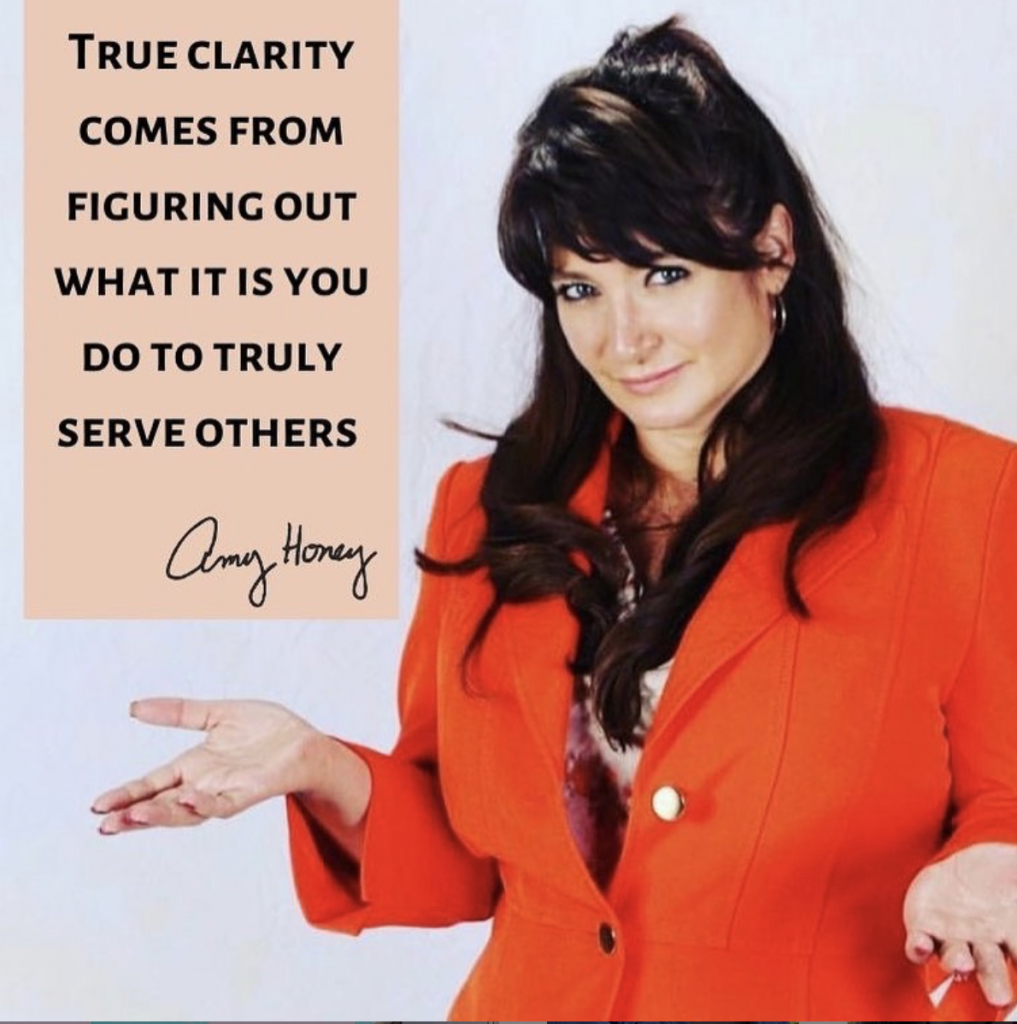We’ve all heard it before — “Culture starts at the top.” But most people don’t realize just how deeply true that is… until they’ve lived through a toxic work environment.
I work with a lot of companies — coaching their teams, helping them increase conversions, creating trust-based sales systems using what we call Sales Tai Chi. And here’s something I’ve noticed, again and again: When there’s dysfunction in a company — when morale is low, when performance is erratic, when teams are burnt out and checked out — the problem almost always leads straight back to leadership.
Let’s be clear. Toxic environments don’t appear out of thin air. They’re either created, allowed, or enabled by the people at the top. And most of the time? It’s not about one obvious villain stomping around the office. It’s subtler. It’s in the energy, the silence, and the stuff no one feels safe enough to say.
Integrity Isn’t a Mission Statement — It’s a Practice
There’s one company I consulted…. and, every month, I send an invoice for the work I’ve already done — just like I do with all my other clients. But with them? Every month, I end up chasing the payment down.
Now, this is a company that brands itself on integrity. They use that word in their marketing, their messaging, and their internal culture playbook. But when it comes time to actually show up with integrity — to honor their agreements, to communicate transparently — they ghost me.
Maybe the CEO doesn’t know it’s happening. But that doesn’t let him off the hook. If his team is afraid to tell him the truth — afraid to say, “Hey, we’re late paying our contractors again” — then he’s created a culture of fear. One where only the good news gets passed upward, and the red flags are quietly swept under the rug. Or, maybe the company is struggling financially. Maybe they don’t have the money on hand. But instead of leading with honesty, they choose avoidance. And avoidance breeds resentment, not trust. I’m sure there are options I’m not considering here… but, either way, the rot is at the top.
Toxic Work Environment Red Flag: You Can’t Lead If You Can’t Listen
Another company I’ve worked with has a very different, but equally toxic pattern. The leader there has a habit of jumping to conclusions. He doesn’t listen to what people are actually saying — he assumes, interrupts, and then dresses them down in front of the whole team.
Now imagine that dynamic in a creative environment. An environment where people are supposed to be at the top of their game, tossing out new ideas, collaborating freely, innovating boldly. Instead? Everyone’s walking on eggshells. They’re quiet. Shut down. Disengaged. And the saddest part? He apologizes afterward. Every time. But it keeps happening. Why? Because he’s more focused on being liked than on leading well. And leadership without emotional intelligence isn’t leadership. It’s damage control on repeat.
The Sales Tai Chi Perspective: Energy Doesn’t Lie
Sales Tai Chi teaches us to tune into the unspoken. The body language. The hesitation. The leaks in energy that reveal what’s really going on beneath the surface. And one of the biggest lessons?
The unspoken dynamics in a room are always louder than the words.
When a team is anxious, avoidant, or disengaged, you don’t fix that with a motivational speech or a vision board. You fix that by asking the hard questions:
- What am I not seeing?
- What are people too afraid to say?
- How safe is it to tell the truth around here?
Toxic leaders often don’t think they’re toxic. But if people flinch when you walk in the room, or tell you what you want to hear instead of what’s real — that’s all the data you need.
How To Eliminate The Toxic Work Environment: Leadership Requires Radical Self-Awareness
At the end of the day, leadership isn’t about having all the answers. It’s about creating a space where people feel safe enough to contribute — and honest enough to speak up when something’s wrong.
It’s about practicing what you preach. Owning your blind spots. Taking feedback without defensiveness. And recognizing that if the same problems keep showing up, over and over, maybe the common denominator… is you.
Because the truth is, culture does start at the top. And if the air is toxic, it’s time to check the oxygen tank — not blame the breathers.
